Could someone explain to me please which applications demand one or the other and why? As far as I have read it's all about the 'dB'; is that true? And why?
At first I can see Digital Storage Oscilloscopes (DSO) with FFT function and Spectrum Analyzers (SA) as being the same thing...they will get a signal from the Time Domain, and convert it to the Frequency Domain and we can check all the harmonics and frequency components of a signal and analyze it in a whole new way.......But since DSOs usually are much cheaper than SA, I keep wondering what functionalities the SA will offer that a DSO can't. Is it about precision, speed of calculation (my DSO FFT is really slow), bandwidth (cheap DSOs usually go only up to 100MHz), or does it just depend on the models and not on being a DSO or a SA? Is there more that I don't know about and you can tell me?



 Waveform Courtesy of AC-DC (Hell's Bells)
Waveform Courtesy of AC-DC (Hell's Bells)